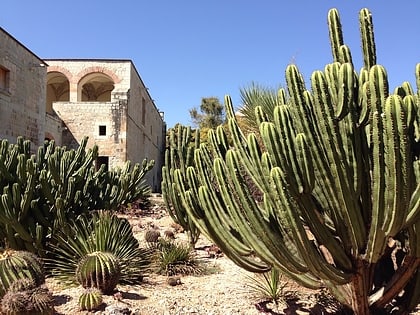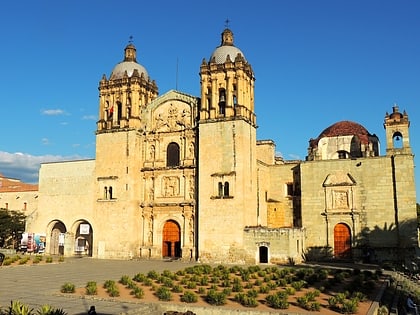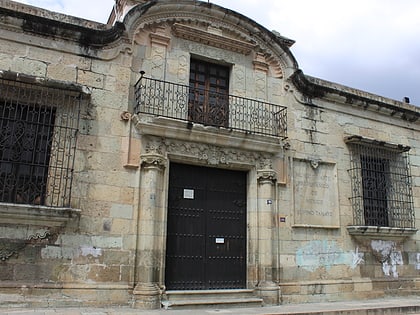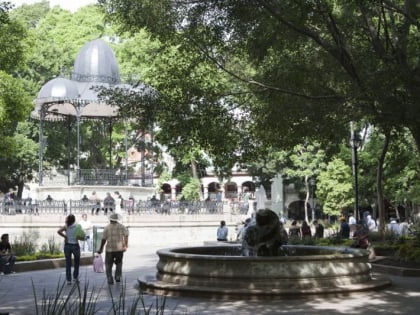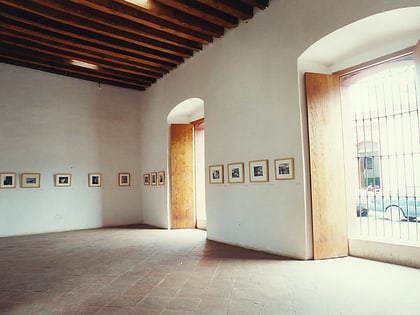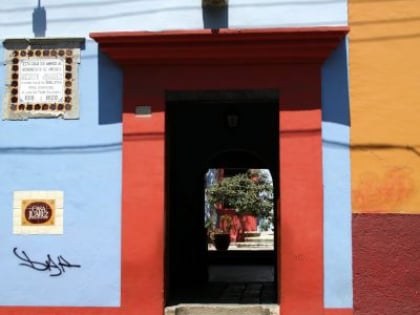Jardín Etnobotánico, Oaxaca
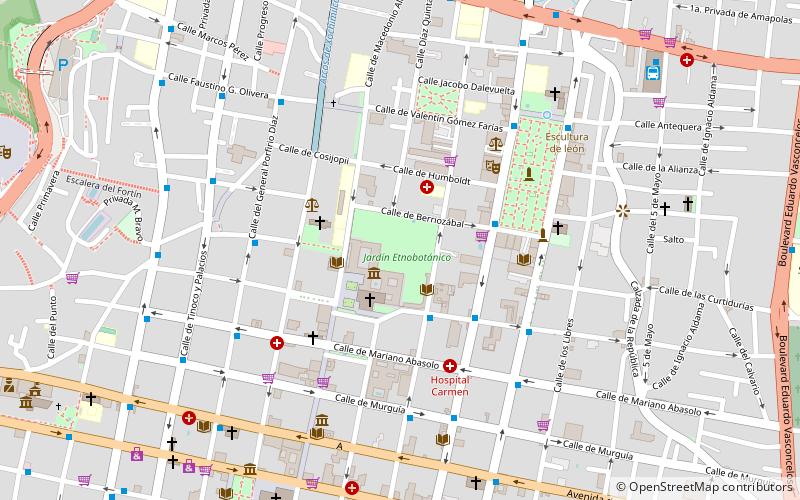
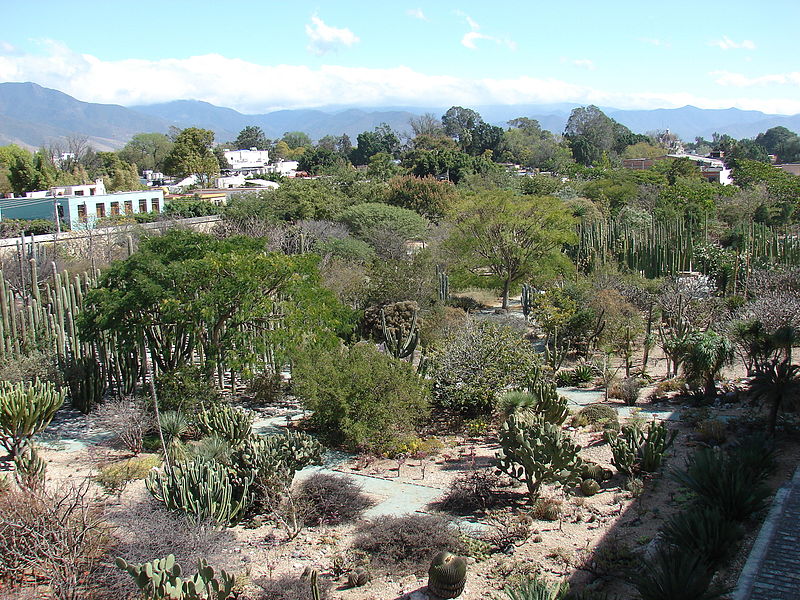
Facts and practical information
Nestled in the heart of Oaxaca, Mexico, the Jardín Etnobotánico de Oaxaca is a verdant oasis that showcases the rich botanical diversity of the region. This ethno-botanical garden, a park of both beauty and education, spans over 2.3 hectares adjacent to the 16th-century Santo Domingo de Guzmán church and former monastery.
The Jardín Etnobotánico de Oaxaca was established in the late 1990s as a collaboration between the state government and renowned Oaxacan artist Francisco Toledo. Its primary focus is to conserve and celebrate the plant species native to Oaxaca, a region with one of the highest levels of biodiversity in the world. The garden is meticulously arranged by ecological regions, providing visitors with a microcosm of Oaxaca's various habitats, from desert to tropical forest.
Visitors to the garden can explore an impressive array of cacti, succulents, and flowering plants, many of which are rare or endangered. The layout is designed to mirror the state's varied landscapes, and the plants are accompanied by informative plaques that explain their traditional uses and significance in local cultures.
The Jardín Etnobotánico is not only a place for relaxation and enjoyment of nature but also serves as a research and conservation center. It offers educational programs and workshops aimed at promoting environmental awareness and the sustainable use of plant resources.
Guided tours are available and are the only way to visit the garden, ensuring that the delicate balance of the ecosystem is maintained. These tours provide a deep dive into the ethnobotanical significance of the plants, their role in traditional medicine, and their cultural importance to the indigenous peoples of the region.
Jardín Etnobotánico – popular in the area (distance from the attraction)
Nearby attractions include: Templo de Santo Domingo de Guzmán, Basilica of Nuestra Señora de Soledad, Museo Rufino Tamayo, Zócalo.
